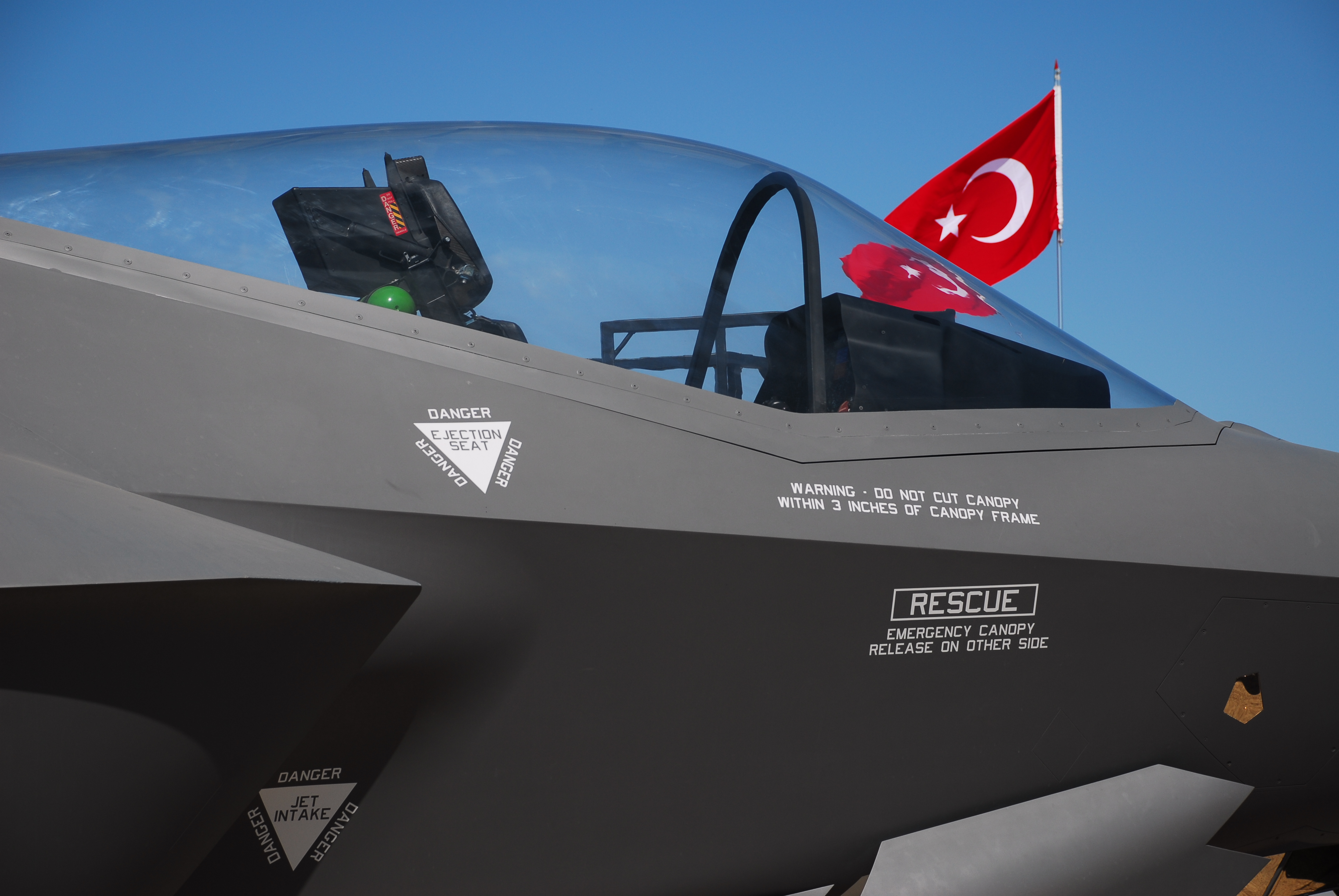SOURCE: AFI


In a recent development that underscores the complexities of international defense relations, Turkish President Recep Tayyip Erdogan reportedly expressed frustration to U.S. President Donald Trump over what he perceives as unequal treatment in the distribution of advanced military technology. According to reports, Erdogan complained that while the United States has offered its cutting-edge F-35 stealth fighter jets to India, Turkey remains excluded from the F-35 program, a sore point in U.S.-Turkey relations that has lingered since Turkey’s expulsion from the program in 2019.
For Turkey, a NATO ally since 1952, participation in the F-35 program was seen as both a strategic necessity and a marker of its standing within the alliance. Turkey initially planned to acquire at least 100 F-35A jets, with its industry playing a significant role in the global supply chain, producing critical components like parts of the airframe.
However, Turkey’s decision in 2017 to purchase the Russian-made S-400 air defense system—a move viewed by Washington as a direct threat to NATO interoperability and security—resulted in its removal from the F-35 program. The U.S. imposed sanctions under the Countering America’s Adversaries Through Sanctions Act (CAATSA), citing concerns that the S-400’s radar systems could compromise the F-35’s stealth capabilities by collecting sensitive data that might be shared with Russia. Since then, Turkey has been barred from acquiring the jets, and its role in their production has been phased out, costing Turkish firms millions in contracts.
In contrast, reports of the U.S. offering F-35 jets to India signal a potential deepening of defense ties between Washington and New Delhi. India, a non-NATO partner, has been courted by the U.S. as a counterweight to China’s growing influence in the Indo-Pacific region. Despite its own purchase of the S-400 system from Russia—a deal finalized in 2018 and partially delivered by 2024—India has faced no comparable sanctions or exclusion from American defense programs. This disparity has not gone unnoticed by Erdogan, who reportedly raised the issue with Trump as evidence of inconsistent U.S. policy.
India’s potential acquisition of the F-35 would mark a significant shift in its air power capabilities, complementing its existing fleet of Rafale jets from France and indigenous platforms like the Tejas. However, India has not yet committed to purchasing the F-35, with its defense establishment weighing factors such as cost, technology transfer, and compatibility with its broader strategic goals, including the development of its own fifth-generation fighter, the Advanced Medium Combat Aircraft (AMCA).
Erdogan’s complaint to Trump highlights a perceived double standard in U.S. foreign policy. Turkey argues that its purchase of the S-400 was driven by necessity after years of failed negotiations to acquire the U.S.-made Patriot missile system under favorable terms. Ankara has repeatedly stated its willingness to buy Patriots as a complement to the S-400, but insists it will not abandon the Russian system entirely—a non-starter for Washington, which demands the S-400’s complete removal as a precondition for Turkey’s reintegration into the F-35 program.
India’s exemption from similar punitive measures, despite its S-400 acquisition, can be attributed to several factors. First, the U.S. sees India as a critical partner in its Indo-Pacific strategy, particularly in countering China. Sanctioning India could push it closer to Russia or complicate the Quadrilateral Security Dialogue (Quad) partnership involving the U.S., India, Japan, and Australia. Second, India’s S-400 deal was framed as a defensive measure against regional threats, and its military posture is not seen as a direct challenge to NATO or U.S. interests, unlike Turkey’s actions in Syria and its warming ties with Moscow.
The U.S. offer to India, if solidified, could further complicate Turkey’s strategic calculations. A militarily enhanced India, equipped with F-35s, would strengthen its position in South Asia and the Indian Ocean region—areas where Turkey has limited but growing interests, particularly through defense exports and diplomatic outreach to Pakistan. Erdogan’s frustration may also reflect concerns about Turkey’s diminishing influence within NATO, as other partners like Greece have received U.S. backing in regional disputes, such as those in the Eastern Mediterranean.
Beyond the geopolitical jostling, the operational dynamics of Turkey’s air force highlight the stakes of its exclusion from the F-35 program. The Turkish Air Force currently operates a mix of aging F-16s and F-4 Phantoms, with modernization efforts hampered by delays in the TF-X program and the loss of F-35 access. Integrating the S-400 into its defense network without compromising NATO interoperability remains a technical challenge, and Turkey’s inability to field a fifth-generation fighter puts it at a disadvantage against regional adversaries like Israel, which operates F-35s, or Greece, which has secured Rafale jets and is slated to receive F-35s in the coming years.
NOTE: AFI is a proud outsourced content creator partner of IDRW.ORG. All content created by AFI is the sole property of AFI and is protected by copyright. AFI takes copyright infringement seriously and will pursue all legal options available to protect its content.